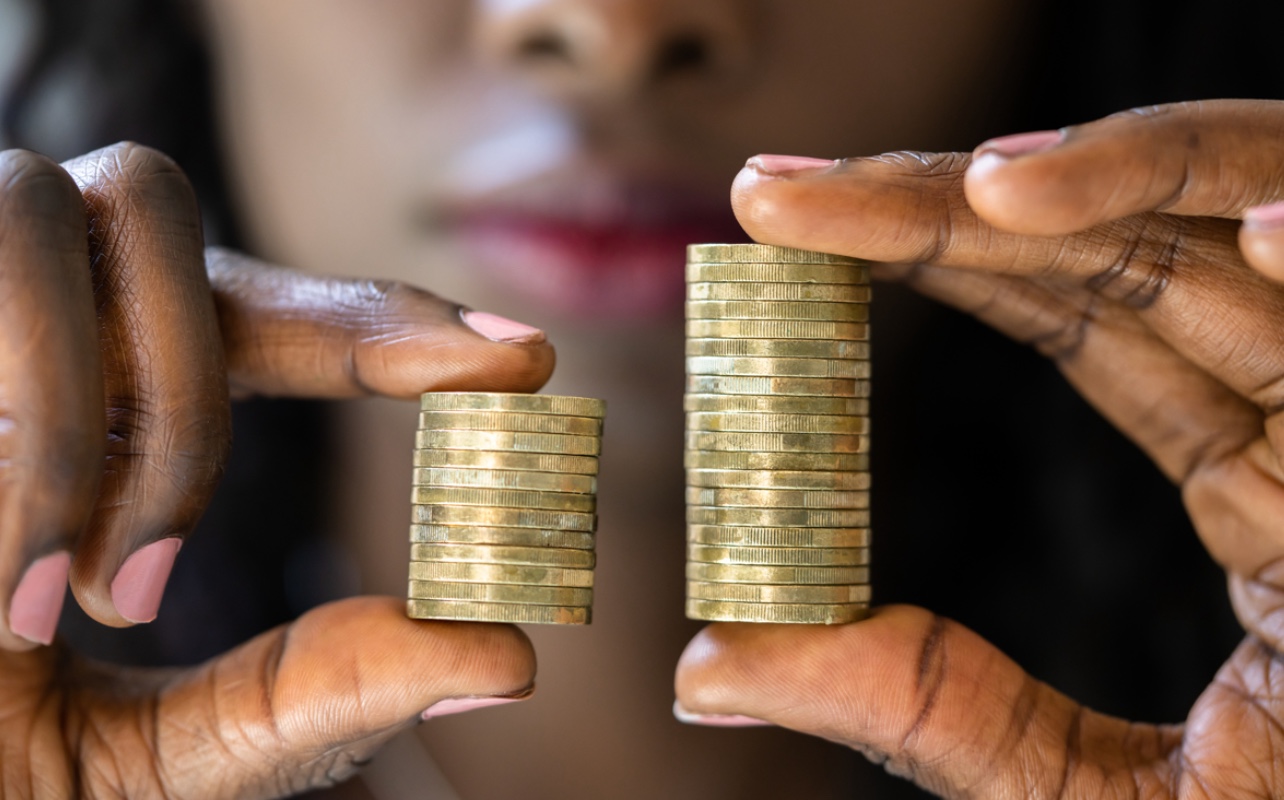
March 12, 2024
Demanding Equality: Women’s Equal Pay Day Addresses Pay Inequality For Women
In 2010, the ACLU pushed for the Paycheck Fairness Act to get passed, writing in a statement that it was a much-needed enhancement of the Equal Pay Act of 1963, which has largely been unenforced.
In recognition of Equal Pay Day, which CNN reports is observed this year on March 12, WNBPA President Nneka Ogwumike called attention to how the issue of equal pay uniquely affects the women workers in the WNBA. Ogwumike posted a graphic calling attention to the need for the WNBA’s workers to remain transparent about what they make, followed by a direct quote from the WNBPA.
“The purpose of Equal Pay Day is to raise awareness to the gap that exists between men’s & women’s wages,” the quote reads. “It’s observed today to mark the current state of the gender pay gap for women: 84% for full-time & year-round workers, 78% for all workers.”
In 2021, NBC Sports highlighted that a large part of the reason that women’s sports in general, and the WNBA in particular, face a large pay gap in comparison to men’s leagues is due to underinvestment in their leagues, fed by sexist beliefs.
Will Allen, a former Pittsburgh Steelers and Tampa Bay Buccaneers player, told CNBC in 2021 that the fight for pay equity was not a women’s issue but a societal one. “It’s important that women are not only paid equal, but treated with equal respect,” said Allen, adding that it was important for men to “be advocates and fight for equal pay and gender equality.”
As CNN reports, the date has moved up recently, which indicates some progress as far as the gender pay gap is concerned. However, the existence of the observation in 2024 is yet another reminder of how far we have to go as a society to achieve equal pay for equal work. There are other days in the year that reflect the inequities of specific groups of women; the equal pay days for Black and Indigenous women will fall on July 9 and Nov. 21, respectively, in 2024, an expression of just how wide the gap is for those groups in particular.
According to AAUW, “the goal of Equal Pay Days is to raise awareness about the ongoing gender pay gap and how the pay gap varies significantly among different communities, particularly for women of color.”
There has been some action, notably on the state level, aimed at helping to alleviate the pay equity problem. This has led to a push for more comprehensive federal action, such as the Salary Transparency Act and the Paycheck Fairness Act, two bills that have been introduced in the U.S. House and Senate on multiple occasions. Deborah Vagins, the national campaign director of Equal Rights Advocates and the director of Equal Pay Today, told CNN that these federal actions are critical to getting women actual pay equity sooner rather than later.
According to Equal Pay Today, the Paycheck Fairness Act, in particular, contains significant protections for those impacted by the gender pay gap. That act in particular would “bar retaliation against workers who voluntarily discuss or disclose their wages; close loopholes that have allowed employers to pay women less than men for the same work … [and] ensure women can receive the same robust remedies for sex-based pay discrimination that are currently available to those subjected to discrimination based on race and ethnicity.”
In 2010, the ACLU pushed for the Paycheck Fairness Act to get passed, writing in a statement that it was a much-needed enhancement of the Equal Pay Act of 1963, which has largely been unenforced. “The Paycheck Fairness Act will help secure equal pay for equal work for all Americans. The bill would update the Equal Pay Act of 1963, a law that has not been able to achieve its promise of closing the wage gap because of limited enforcement tools and inadequate remedies.”
RELATED CONTENT: A State-By-State Breakdown Of The Gender Wage Gap